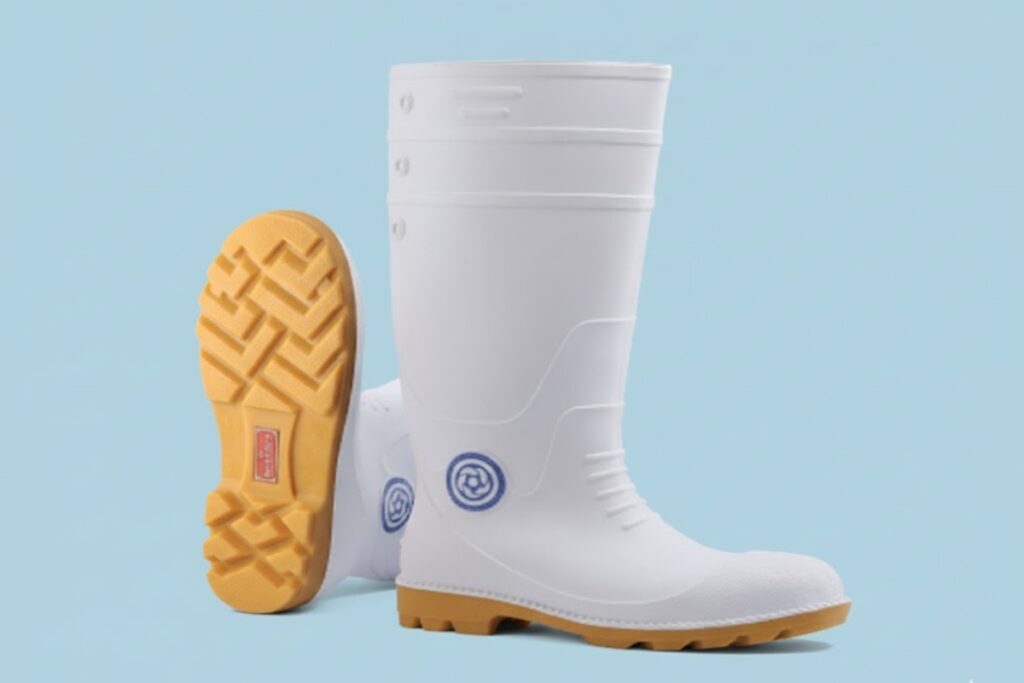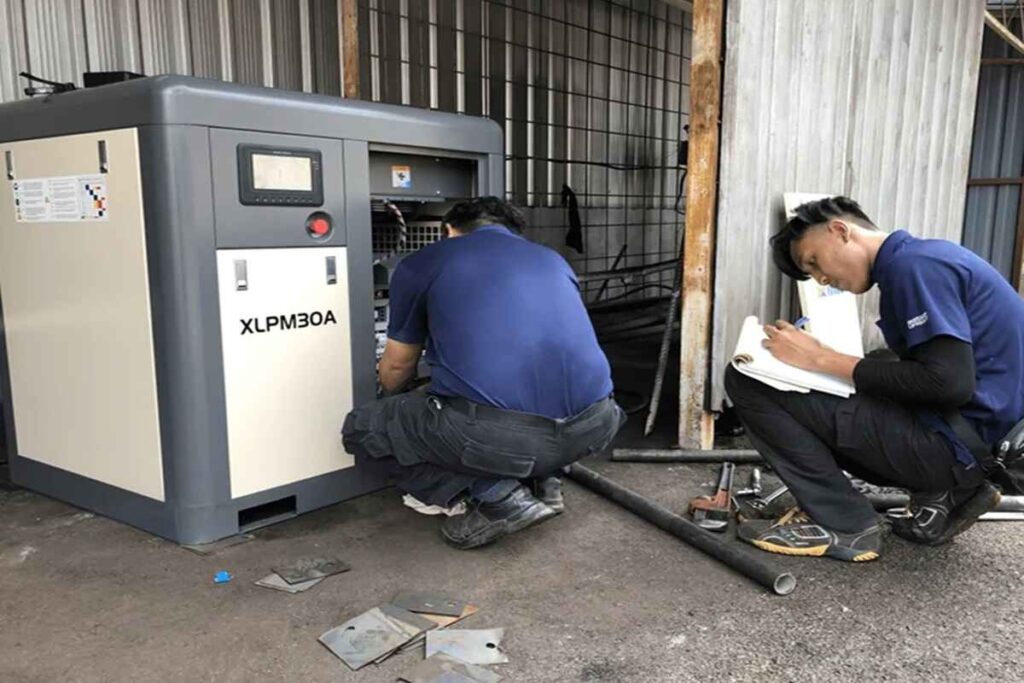The fashion industry has witnessed a remarkable evolution in understanding body diversity and inclusive styling approaches. Contemporary fashion research indicates that approximately 67% of women struggle with finding clothing that complements their unique body characteristics, leading to decreased confidence and shopping satisfaction. Understanding the science behind garment construction, fabric behavior, and silhouette psychology becomes crucial when selecting mini dress styles that enhance individual body proportions. This comprehensive analysis examines the technical aspects of mini dress selection, incorporating anthropometric data, fashion psychology research, and textile engineering principles to provide evidence-based styling recommendations.
Understanding Body Geometry and Proportional Relationships
Body shape analysis extends far beyond traditional fruit metaphors, involving complex geometric relationships between shoulder width, bust circumference, waist-to-hip ratios, and torso length. Research published in the International Journal of Fashion Design demonstrates that successful garment selection depends on understanding these proportional relationships rather than adhering to rigid categorizations.
The mathematical principle of the golden ratio (1:1.618) appears frequently in fashion design, particularly in creating visually pleasing proportions. When applied to mini dress selection, this ratio helps determine optimal hem lengths, neckline depths, and waist placement. For instance, individuals with longer torsos benefit from mini dresses with higher waistlines, creating the illusion of extended leg length while maintaining proportional balance.
Anthropometric studies reveal that body measurements vary significantly across demographics, with standard sizing systems often failing to accommodate this diversity. Understanding your specific measurements – including bust, waist, hip, and shoulder width – provides the foundation for selecting mini dress styles that work harmoniously with your natural proportions.
Fabric Technology and Drape Characteristics
Modern textile engineering has revolutionized how fabrics interact with different body types. Stretch fabrics containing elastane or spandex fibers provide adaptive fit, conforming to curves while maintaining structural integrity. Research from the Textile Research Journal indicates that fabrics with 15-20% stretch content offer optimal comfort and flattering fit across diverse body types.
The concept of fabric drape – how material falls and moves with the body – significantly impacts the overall silhouette. Structured fabrics like cotton blends and ponte knits provide shape definition, ideal for creating clean lines on straighter body types. Conversely, fluid fabrics such as jersey or crepe offer graceful movement and gentle curve enhancement for those seeking softer silhouettes.
Weight distribution in fabric construction affects how garments hang on the body. Heavier fabrics tend to create more defined shapes and can help balance proportions, while lighter fabrics offer movement and can create the illusion of increased volume where desired.
Strategic Design Elements and Visual Impact
Neckline selection involves both aesthetic and psychological considerations. V-necks create vertical lines that elongate the torso and neck, while scoop necklines soften angular features. Research in fashion psychology suggests that neckline choice can influence perceived confidence levels and social interactions.
Sleeve variations serve multiple functions beyond style preference. Cap sleeves add subtle shoulder width, beneficial for balancing hip-heavy proportions. Three-quarter sleeves create arm-lengthening effects while providing coverage, and sleeveless designs maximize the visual impact of accessories and create uninterrupted vertical lines.
Color theory plays a crucial role in mini dress selection. Darker shades tend to recede visually, creating a slimming effect, while lighter colors advance and can add visual volume. Strategic color placement – such as darker panels along the sides or lighter tones in desired emphasis areas – can significantly alter perceived proportions.
Pattern psychology affects how the eye perceives body shape. Vertical patterns create height and length illusions, while horizontal patterns can add width. Diagonal patterns often prove most flattering as they create movement and interest without overwhelming the silhouette.




